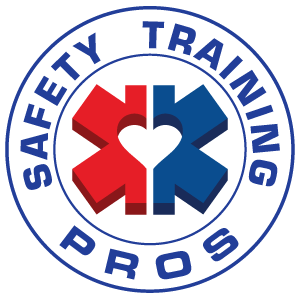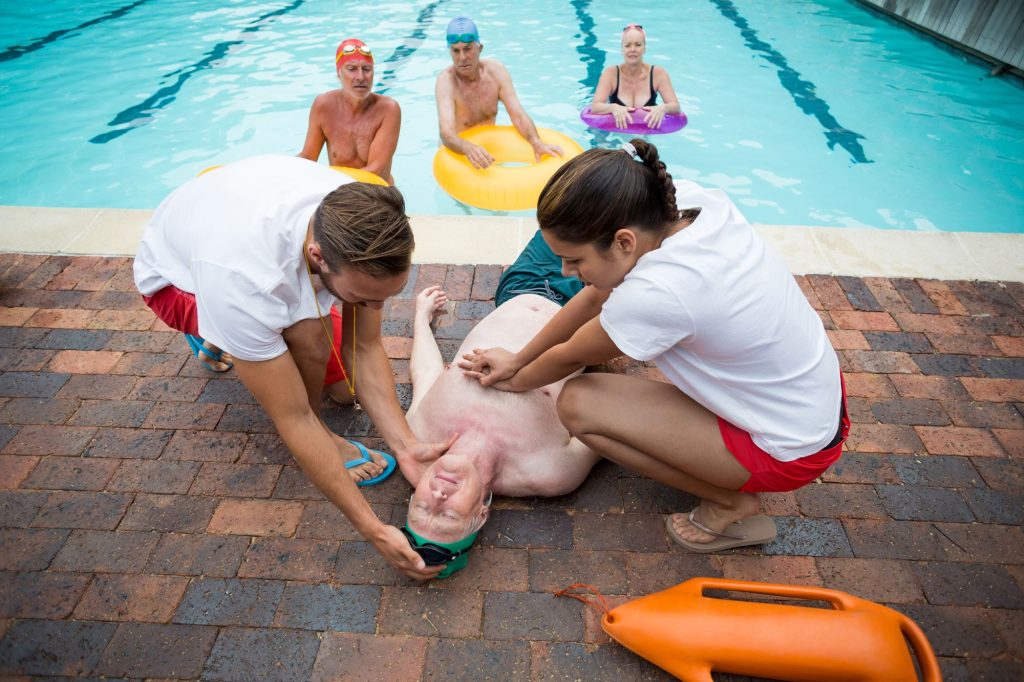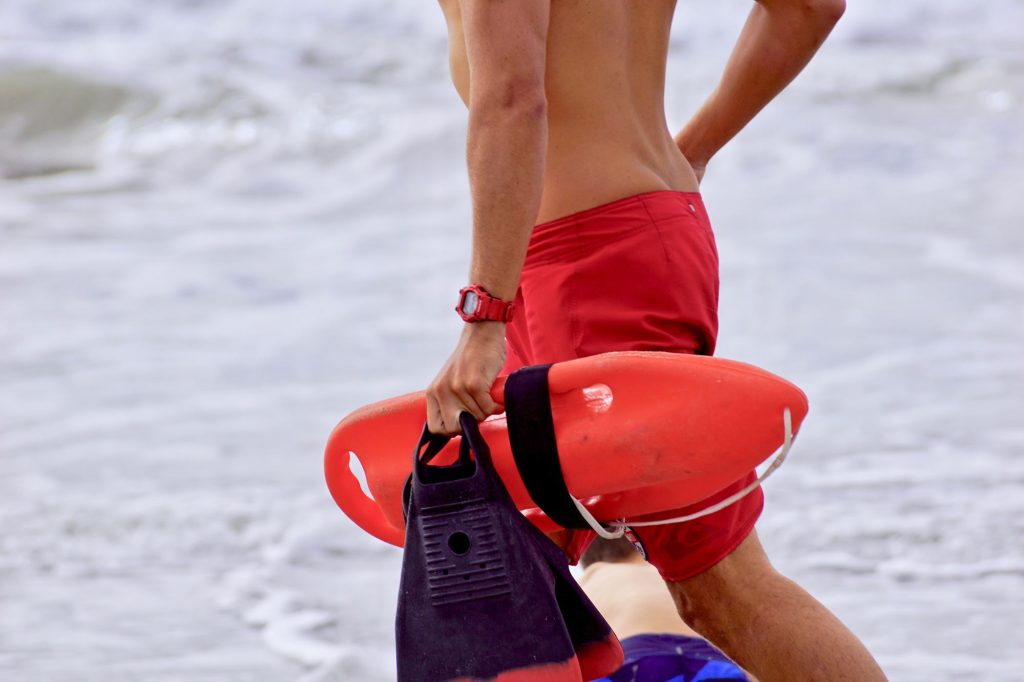- November 14, 2016Have you ever asked yourself, what is the rationale behind the steps for caring for an unresponsive person with an…
- October 10, 2016Did you know that sudden cardiac arrest takes the lives of over 300,000 Americans each year? According to Mary Newman, SCA Foundation…






